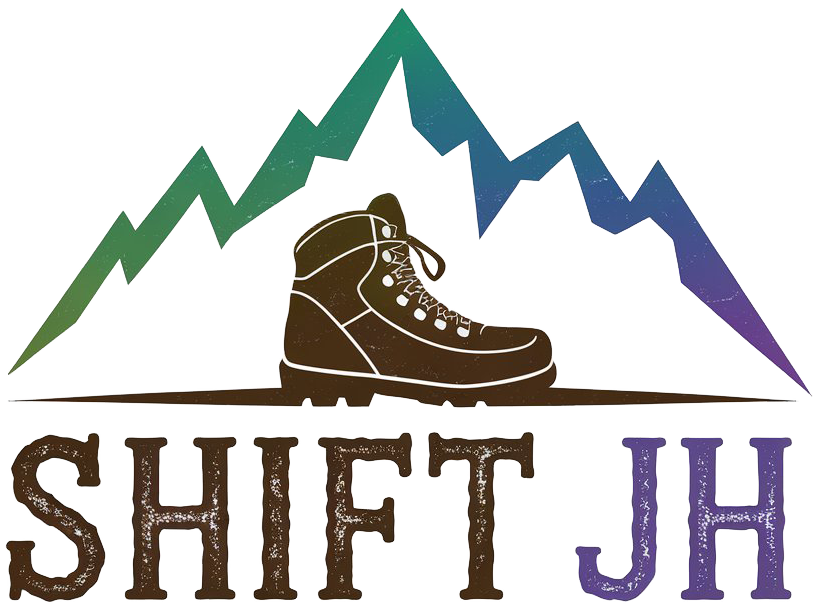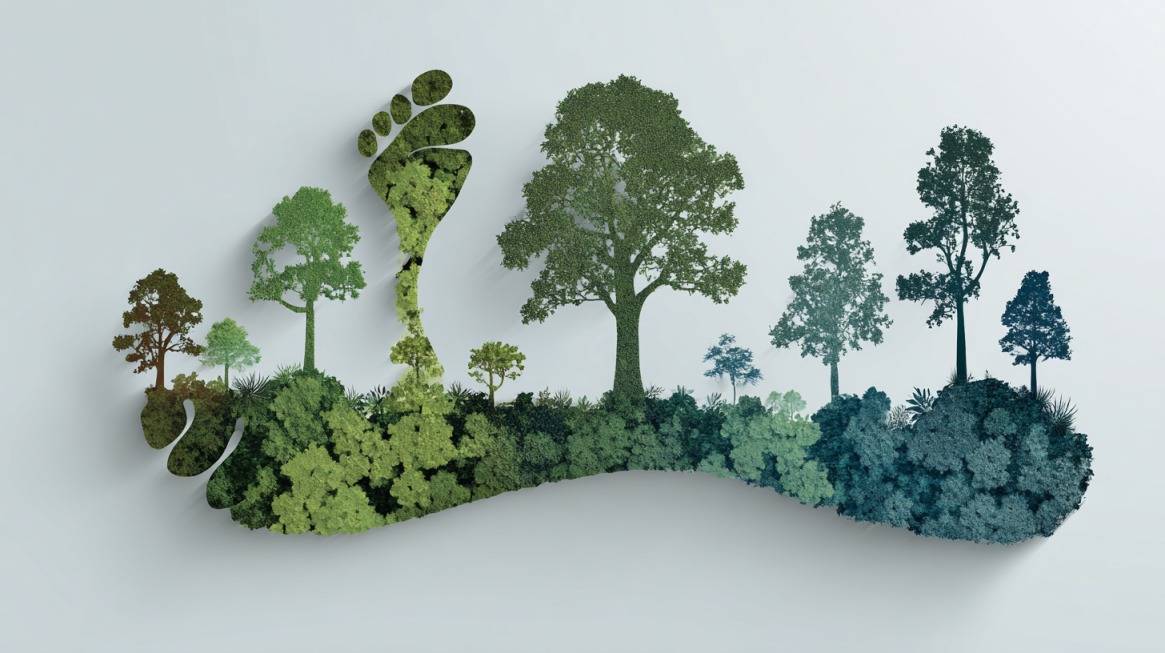Your hiking boots have stories. Your tent has memories stitched into its seams. Your down jacket probably smells a bit like a campfire.
These pieces of gear help you explore the places you love most. But every piece also carries a hidden cost, one you can’t always see or feel.
We’re talking about carbon emissions. And once you start looking at the full impact of outdoor gear, things get serious fast. Let’s get into what a carbon footprint really means in the context of backpacks, boots, rain shells, and the stuff we stuff into our weekend duffels.
The goal isn’t to make you feel bad for loving gear, it’s to give you the info you need to make better choices, with clarity and confidence.
Key Highlights
- Gear’s carbon footprint covers every phase from material extraction to disposal.
- Opting for recycled materials, third-party certifications, and repairing extends each product’s life.
- Buying used gear and offsetting emissions helps shrink your impact.
- The most eco-friendly option is using what you already own and choosing quality over quantity.
Carbon Footprint In a Nutshell
A carbon footprint measures how much greenhouse gas, mostly carbon dioxide (CO2), a product generates over its entire life cycle. The more emissions, the larger the footprint.
And with gear, that life cycle is longer than you might expect.
- Raw Materials: Think oil for polyester or raising animals for leather and wool.
- Manufacturing: Energy-hungry factories, often powered by coal or natural gas.
- Shipping: Gear made in Asia and sold in the U.S. racks up thousands of miles.
- Use Phase: Washing a jacket or waterproofing boots with energy-intensive methods.
- End of Life: Landfilling, incinerating, or attempting to recycle broken gear.
The Carbon Trust calls this the “cradle-to-grave” model. It means measuring emissions from beginning to end, not just one phase.
Third-party verifications keep these numbers honest. So when you see a product labeled with a verified carbon footprint, it’s not marketing fluff. It’s math.
Why Outdoor Gear’s Carbon Footprint Matters
The outdoor industry is massive, $887 billion in economic activity according to the Outdoor Industry Association. It thrives in wild places.
Yet the very tools we use to enjoy those wild places can chip away at them.
- The clothing industry (which includes outdoor gear) pumps more carbon into the atmosphere than all international flights and maritime shipping combined.
- Climate change is threatening the outdoor spaces we depend on-think droughts drying up rafting routes, or unpredictable snowfall shortening ski seasons.
- By buying more sustainable gear, you can help slow that damage.
If you’re a trail runner, a climber, a backpacker, or just someone who camps once a year, your purchasing choices matter. And there are ways to shift your gear habits without sacrificing performance or style.
How Carbon Footprints Are Calculated
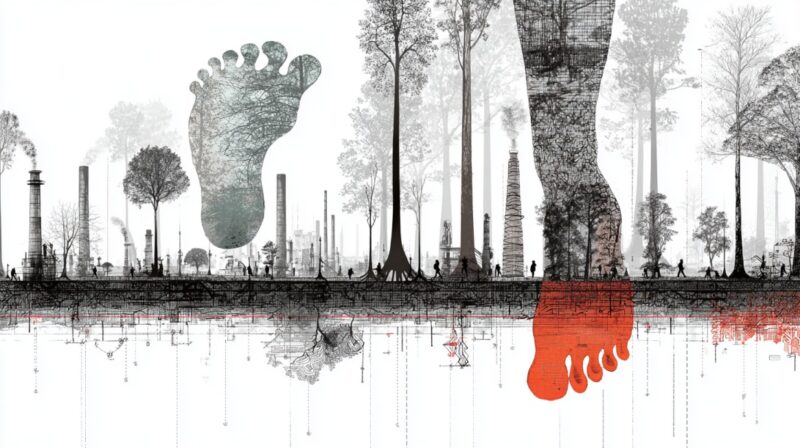
It starts with a Life Cycle Assessment (LCA). That’s the process that calculates how much CO2 equivalent (CO2e) is released at every step in a product’s life. Here’s what each stage looks like in more detail:
Raw Materials
- Petroleum extraction for synthetic fibers like nylon and polyester is energy-heavy.
- Animal-based materials like wool and down come with added emissions from agriculture, especially methane from livestock.
Manufacturing
- Factories require electricity, heat, and water, sometimes from polluting energy grids.
- Dyeing fabric is a major contributor to both emissions and water pollution.
Distribution
- Shipping adds up fast. Whether it’s boats, trucks, or planes, transporting goods burns fuel.
Use and Disposal
- Machine washing and drying use electricity and water.
- Most gear ends up in landfills, where it may release methane or microplastics.
Brands that go the extra mile calculate all of this and label their products clearly. That builds trust. More than 60% of consumers are more likely to buy a product if it has a verified carbon label.
Which Materials Have the Biggest Impact?
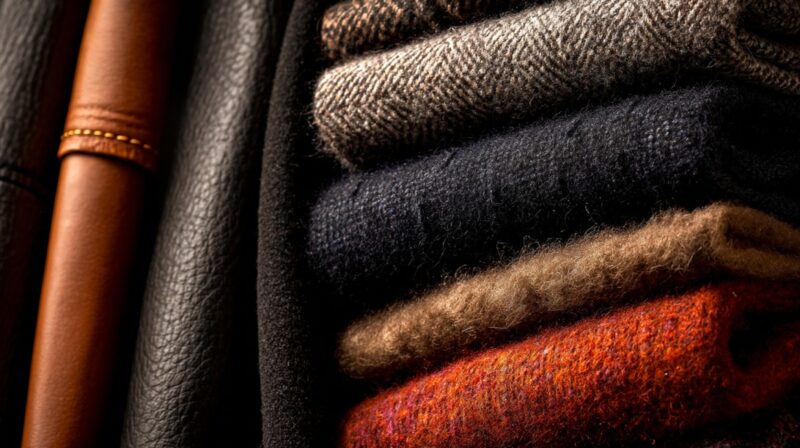
Let’s break down some of the most common outdoor gear materials and their carbon costs, plus what to look for instead.
| Material | Environmental Impact | More Sustainable Alternatives |
| Polyester | High emissions from petroleum; common in jackets, tents, and backpacks | Recycled polyester (from bottles or garments) |
| Nylon | Energy-intensive; derived from crude oil | Recycled nylon (e.g., NetPlus from fishing nets) |
| Down | Comes from animal farming; sourcing raises ethical and climate concerns | Recycled down; traceable down; synthetic alternatives |
| Wool | Resource-heavy; methane from sheep contributes to warming | Recycled wool or GOTS-certified organic wool |
| Leather | One of the most carbon-intensive; tanning adds toxins | Vegan leather or vegetable-tanned, responsibly sourced leather |
Recycled vs. Virgin Materials
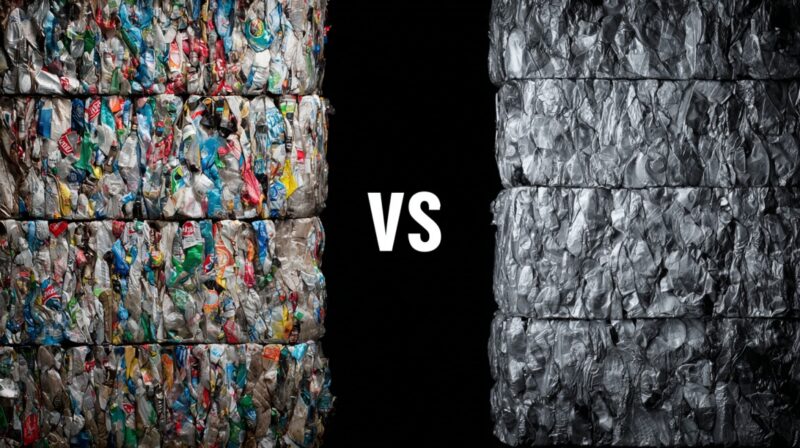
Choosing recycled makes a measurable difference.
- Recycled polyester made from bottles can cut emissions by up to 50%.
- Recycled nylon offers a 19% emissions reduction per kilogram compared to virgin nylon.
- Recycled down leads to a 33% cut in carbon emissions versus fresh goose down.
- Patagonia’s 2025 collection uses 97% recycled materials across the board.
But be careful. Some brands label gear “made with recycled content” without saying how much. It could be 1%. Look for brands that publish exact percentages-Rab’s Material Facts label does this well.
What Certifications to Look For
Certifications help you cut through marketing noise. If a product carries one of these labels, it’s gone through a legit review process:
| Certification | What It Means | Brands That Use It |
| Climate Neutral Certified | Measures, offsets, and works to reduce carbon emissions | REI Co-op, Cotopaxi, Klean Kanteen |
| Bluesign Approved | Limits toxins, protects workers, and cuts emissions and waste | Mammut, deuter, prAna |
| GOTS (Organic Textile) | Requires organic farming and ethical labor standards | Several organic-focused brands |
| OEKO-TEX® | Verifies that textiles are free of harmful substances | Widely used across outdoor products |
| 1% For The Planet | Donates 1% of profits to environmental causes | Patagonia, La Sportiva, Cotopaxi |
| FSC | Ensures wood-based materials come from responsibly managed forests | Seen in wetsuit soles and rubber goods |
| Certified Vegan | Confirms products are animal-free | Merrell’s vegan hiking boot line |
What the Industry Is Doing About It
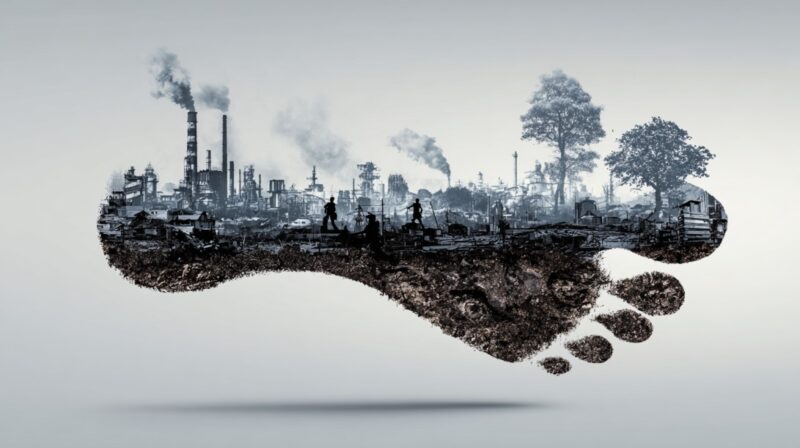
The good news? Some big names in the outdoor world are taking real action.
Industry-wide Initiatives
- OIA Climate Action Corps: Over 50 brands have signed on to reduce emissions in line with the Paris Agreement.
- VF Corporation (The North Face): Ties executive bonuses to emissions goals and experiments with regenerative ranching.
- Patagonia: Uses recycled fishing nets, organic cotton, and publishes detailed carbon impact reports.
- Columbia: Uses the Higg Index to track emissions across its supply chain in 26 countries.
- Protect Our Winters (POW): Offers tools to calculate and offset your trip’s emissions. You can offset 1,300 pounds of CO2 (roughly a cross-country flight) for about $4.
What You Can Do as a Consumer
View this post on Instagram
You don’t need to be perfect. You just need to start asking better questions. Here’s how:
Buy Used Gear
- Sites like REI Re/Supply and GearTrade offer well-cared-for second-hand gear.
- Used gear = no new emissions from production or shipping.
Choose Products With Verified Recycled Content
- Look for numbers. Not just “recycled,” but “made with 90% recycled polyester.”
- Patagonia, Rab, and Cotopaxi are good about disclosing specifics.
Repair Instead of Replace
- Learn simple fixes or support brands that offer repair services.
- Check out TerraDrift’s repair guide for practical advice.
Use Product Filters Online
- Sites like REI and Backcountry now let you filter by “sustainable” or “recycled” products.
Avoid Greenwashing
- Is there a third-party certification?
- Are emission reductions real, or just offset with credits?
- Do they explain their sustainability practices in detail?
Brands that dodge these questions probably aren’t serious about sustainability.
You can also explore initiatives like Park RX Programs, which encourage outdoor activity as part of a healthy lifestyle while fostering a deeper connection to the natural spaces you’re working to protect.
The Most Sustainable Choice Is No New Gear
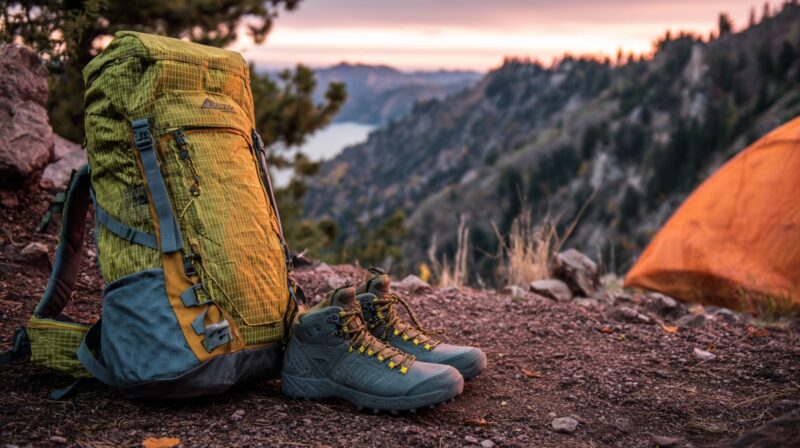
The gear you already own is the most eco-friendly option. Period. Buying less and buying better goes a long way. Look for gear that’s versatile, built to last, and easy to repair.
A $300 jacket that lasts 10 years is better than three $100 jackets that wear out after three winters. That’s not just economics. It’s climate math.
Final Thoughts
Every backpack, every fleece, every trail shoe has a footprint. Once you see it, you can’t unsee it. But that doesn’t mean you have to stop exploring. It means you shop smarter. Ask more questions.
Support brands that are putting in the work. And take care of your gear like it’s part of your family. Because the places you explore deserve better. And honestly, so do you.
By reducing your carbon footprint one gear choice at a time, you’re not just protecting the trails, rivers, and peaks. You’re helping keep the outdoor world open for the next generation. And that’s something worth carrying forward.
